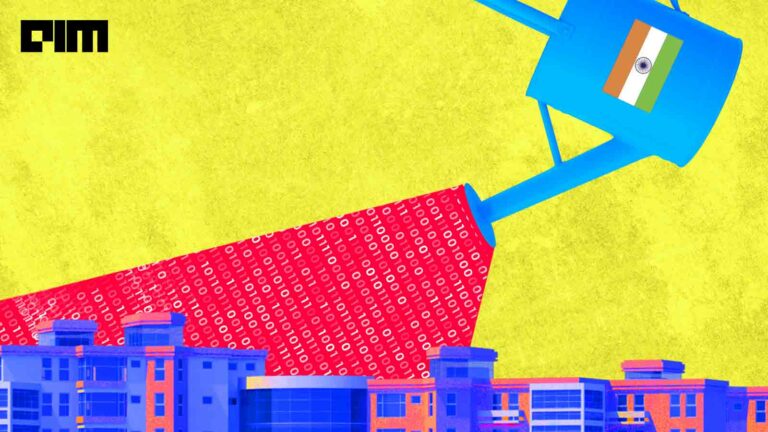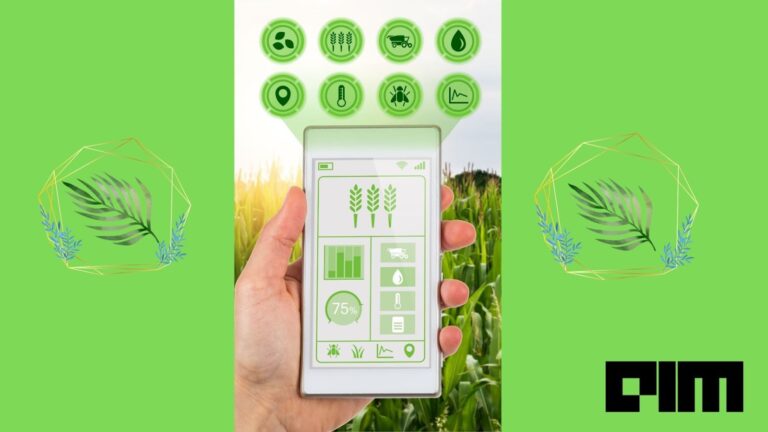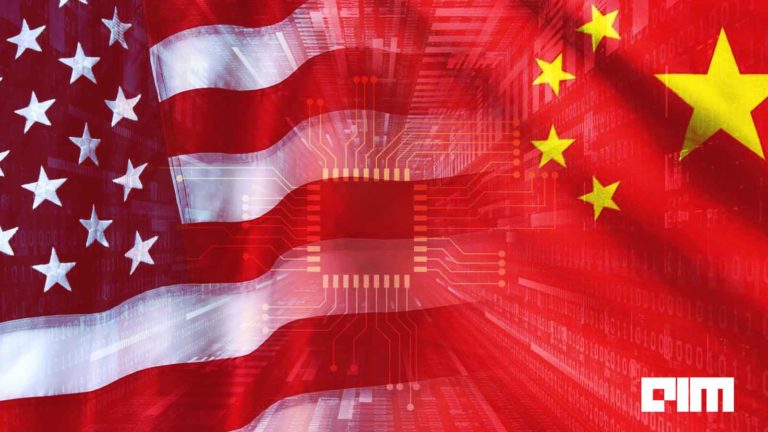Over the past few years, robotics has witnessed a tremendous transformation and is invading other industries. And among all, agriculture is one such sector that is making the best out of robotics — not only in terms of problems with labour shortages in agriculture but also in terms of reducing food waste.
The Lettuce Harvesting Bot
Vegetable harvesting is one of those fields in agriculture that has witnessed some of the most technological advances. Harvesting needs a significant amount of human labour, and while many vegetables don’t need much care, there are few types of greens that need to be a lot of precision. Iceberg lettuce is one such crop that grows relatively flat to the ground, and can easily be damaged, posing a challenge for harvesters.
In order to fill the void in iceberg lettuce harvesting, recently, a group of engineers from Cambridge University have developed a vegetable-picking robot, especially for iceberg lettuce harvesting. The robot is created and trained in such a way it can spot and harvest iceberg lettuce.
Furthermore, this vegetable picking robot or call it as ‘vegebot’ was also trained using a machine-learning algorithm to recognise different types of lettuce in the lab. And then, it was taken out to recognize lettuce in a number of different settings. The project turned out to be a success as the bot can now determine whether lettuce is ready to be harvested, in different kind of field conditions.
The bot uses a computer vision system to photograph a section of a field of lettuce and then analyses the image to identify which of the lettuces are ripe for the picking, and which are diseased and should be avoided. Once it is done sorting the lettuce, it uses a robotic arm to gently grip the green without crushing and cuts the base to pick it.
Even though the vegebot successfully performs the task, the robot is not as fast or efficient as a human. Also, this prototype by the Cambridge engineers shows how sought after technologies like machine learning and AI leveraged to innovated to make agriculture easier for people, helping farmers deal with challenges such as skyrocketing costs and labour shortages. That is not all when we talk about crop harvesting, food waste is another major challenges. Therefore, bots like this can be used to cope with this challenge as well.
India’s GRoboMac
Many Indian farmers face the problem of losing crops every single year due to the lack of human labour and equipment. And witnessing that, the nation has taken significant steps.
Robotics is one such domain that India has tapped in to use in agriculture. Over the years the nation has witnessed some of the major innovations in agritech.
GRoboMac is one of those innovations that has transformed cotton harvesting for the good. Cotton is a crop which is completely done by human labour and the demand for human labour increases significantly during the picking season. And in order to reduce human labour, Manohar Sambandam, who is a semiconductor techie came up with a robot with GRoboMac, a farm robotics machine.
Just like the vegebot, this Indian harvesting robot for cotton picking also uses takes a photo of a section of an area where the cotton plants are there. Then the bot uses computerised vision to detect and locate bloomed cotton from the images and a robotic arm that is equipped with a vacuum picks cotton precisely, avoiding any other contaminants.
Wrapping Up
Technology time and again has proved that it has the capability to transform any industry. And these innovations in the field of agriculture are the major proofs. Irrespective of the nation, harvesting robots are gaining significant traction — they are not only reducing human labour but also reducing food and crop waste.
According to a report, robot farmers are becoming increasingly nimble and intuitive and within the next 20 years, it is prophesied that all farms will utilise some form of this technology. Things will not be limited to drones watering plants or robots harvesting crops — the agriculture industry is going to witnessing something much more tremendous in the domain.


















































































